You’re looking at the new era of the supercar. At first glance, the McLaren Artura doesn’t look all that different from the rest of the range. Its cab-forward, low-nose, mid-engine shape and dihedral doors are more science-fiction than most four-wheeled status symbols, but these are design tropes McLaren has gently evolved across ten models in just eight years. Beneath the skin, however, this car is entirely different.
Up till now, all McLarens (well, bar the 90s icon F1) have been powered by twin-turbo V8s. The only battery-boosted cars were found at the very top of the range, the Ultimate Series P1 and Speedtail machines, outfitted with (entirely different) electric motors that are very much a side dish beside the piston-pumping main course. The seven-figure P1 and Speedtail are beyond the means of 99.9%, but the Artura comes in at the more affordable end of the menu, replacing the 570S and priced at £182,500, above the GT.
This is therefore the first mainstream hybrid McLaren, a plug-in designed to use both electrification and internal combustion seamlessly in the real world, not just for lap records. Gone is the venerable V8, replaced with an all-new twin-turbo 3.0 V6 with a brazenly wide 120-degree vee angle. The turbos are situated between the cylinders in what’s known as a ‘hot vee’, keeping the centre of gravity almost on the floor, reducing pressure losses through the exhaust system, and allowing a stiffer crankshaft that enables 8,500rpm. In support is a 7.4kWh lithium-ion battery (which takes 2.5hrs to charge from a normal wall socket) and a compact 94bhp axial-flux e-motor embedded within a new eight-speed twin-clutch gearbox. The total output is 671bhp, which is well clear of the outgoing 570S. It’s slightly less ferocious than the more expensive 720S but will have less lag in the mid revs thanks to the e-motor’s ultra-sharp throttle response.
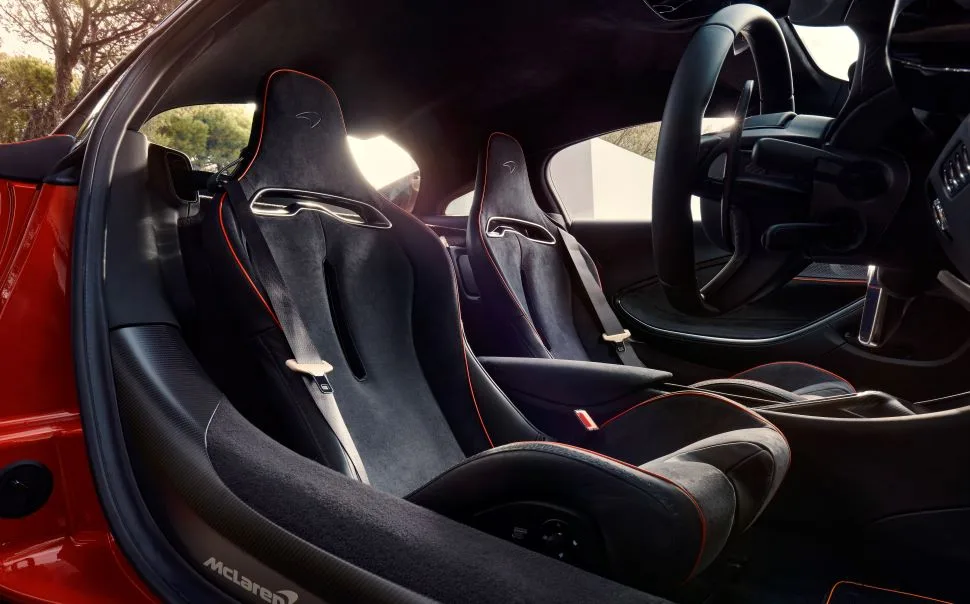
The result is optimum performance coupled with reduced emissions and greater social acceptance. In doing this, McLaren has sketched a blueprint for the decade ahead, which competitors like Ferrari and Lamborghini are sure to follow. It is a future, though, that’s heavier and more complex than the carefree supercars of old.
Weight is the biggest issue when it comes to electrified sports cars, and it’s McLaren’s response to that challenge that makes the versatile Artura such an important car. The hybrid system tips the scale at 103.4kg, but the V6 is lighter than the V8, making the net penalty 90kg. With typical genius, they’ve managed to mitigate that weight penalty through superior design and integration. That packaging is in large part thanks to an all-new monocoque, the first to be produced by McLaren’s new composites production facility in Sheffield. The kerb weigh-in is a smidge under 1,500kg. That’s still less than an all-ICE Porsche 992 Carrera in base spec.
The infotainment system in the new McLaren Artura looks to be a big step forward for the brand.
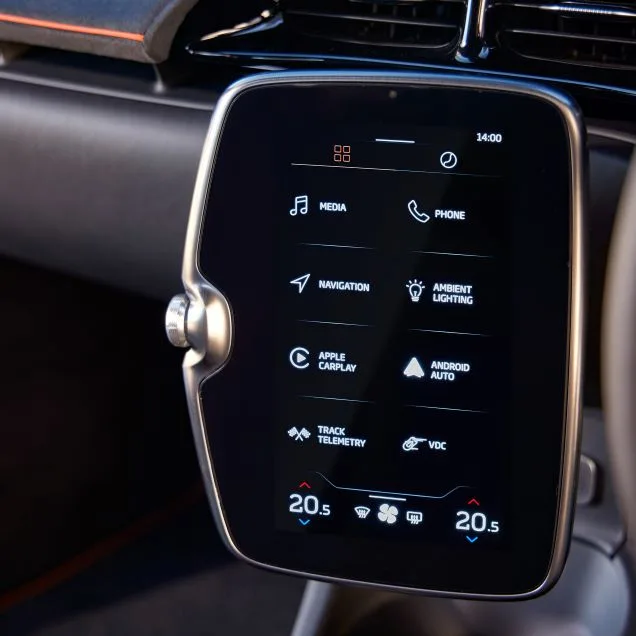
The Artura will “rewrite the rule book of just how engaging an electrified supercar can be,” says its designer, Rob Melville. We look forward to driving it, but for now, all we’ve got to go on are the ingredients and performance stats. Certainly, the top notes suggest it’s approaching hypercar territory. Zero to 62mph in 3.0 seconds, which is 0.2 quicker than the car it replaces; 0-124mph in 8.3secs (a second’s improvement); an electronically limited 205mph, and the advantage of a 19-mile electric-only range (with a top speed of 80mph) providing fuel economy (50+mpg) and C02 figures (129g/km) that’ll have Downing Street breaking out the Budweiser.
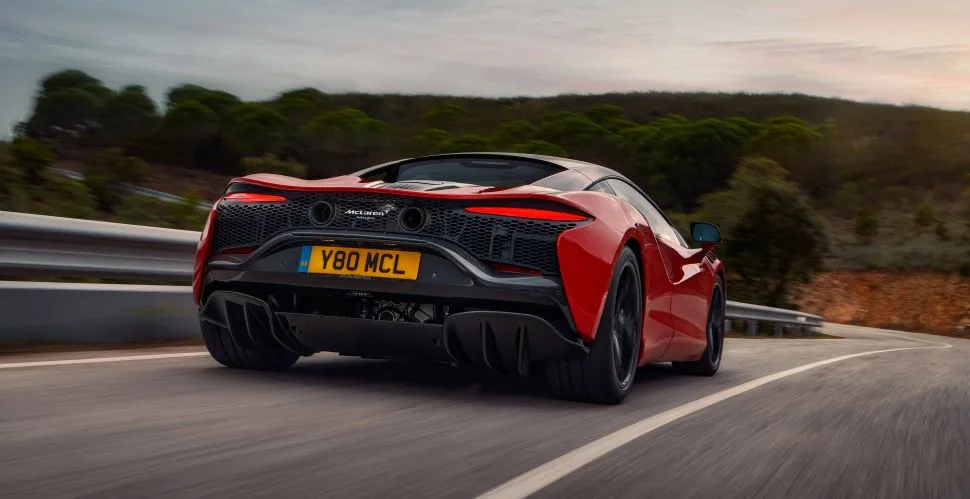
It’s rear-drive only, which will make it thrillingly pure, as will its new rear suspension and limited-slip diff. The electro-hydraulic steering promises to be talkative and sensitive and the carbon-ceramic brakes neck-snapping. Inside, the cabin is familiar; minimalist and ergonomic, using lightweight luxury materials, and slightly roomier than before. The infotainment system looks to be a big step forward, and this time the dynamic controls have been mounted on the instrumentation binnacle, so they’re in your eye line rather than down on the transmission tunnel. Three different main interior specifications are available, ranging from sporty and focused to more bespoke and sumptuous.
We like, too, that McLaren have christened this car with a name, not just a PS number and a randomly assigned letter. Artura, we’re told, is a combination of ‘Art’ and ‘Future’. It mightn’t look very different to its relatives, but beneath the subtly tauter and more defined surface is a technological revolution.
Words: Adam Hay-Nicholls







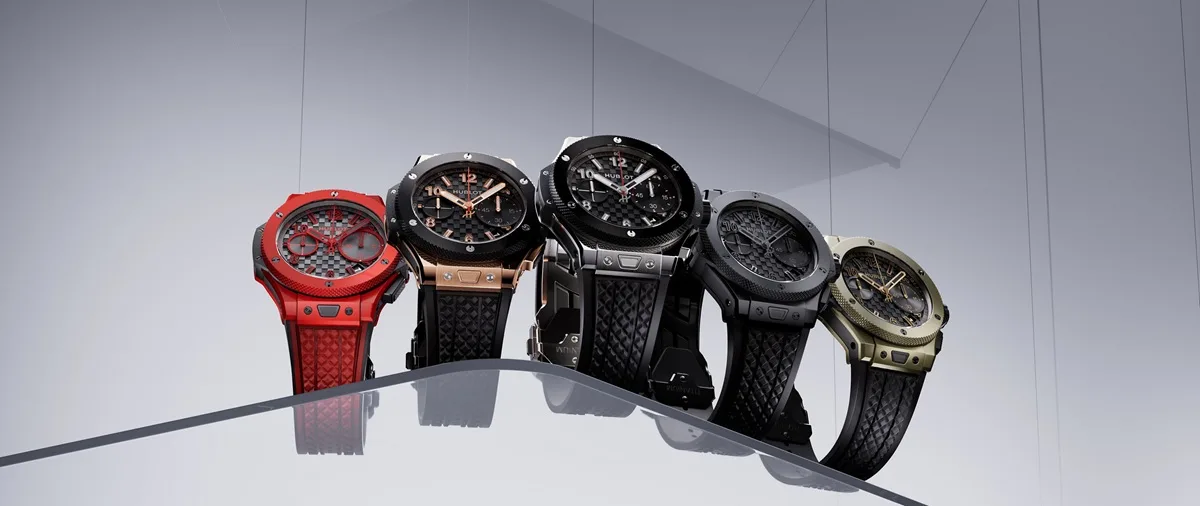
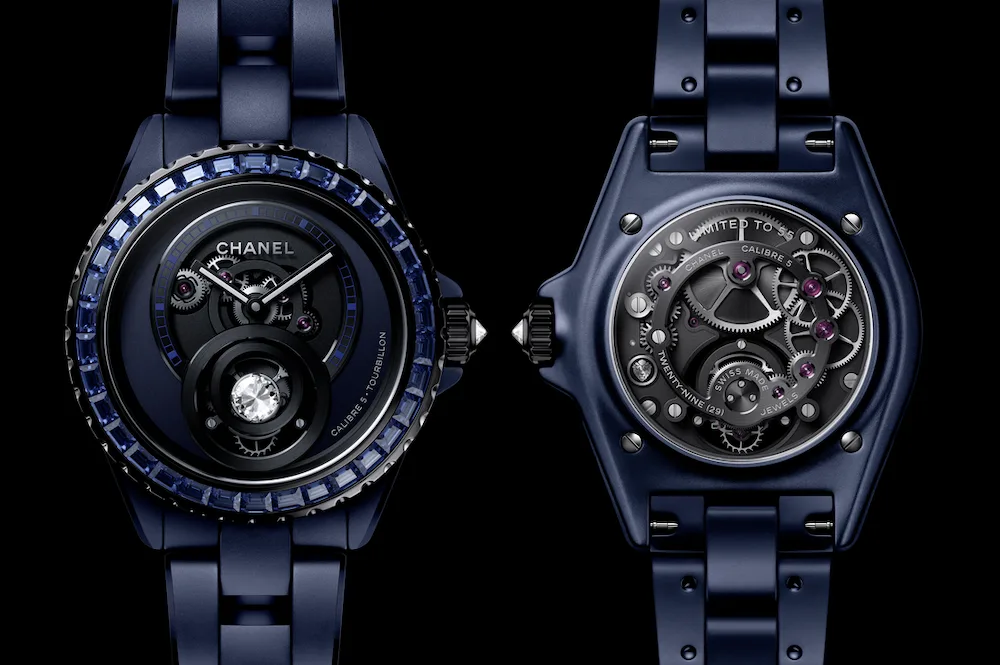








Show Comments +